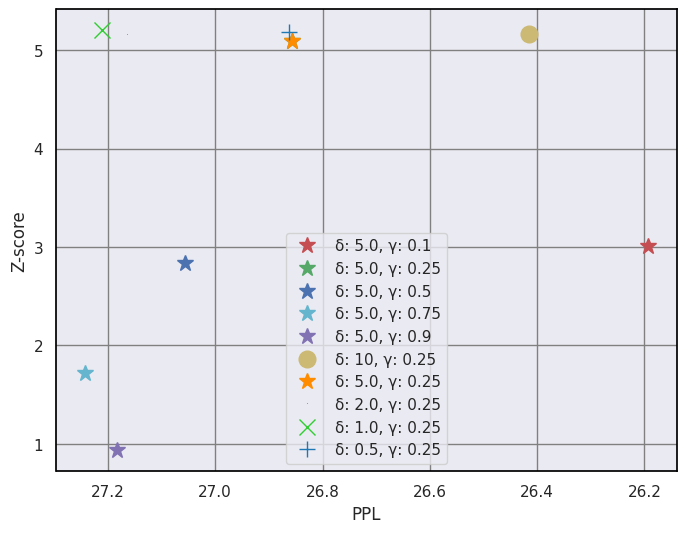This code provides an analysis and experimental evaluation of the paper "A Watermark for Large Language Models". It replicates key experiments on a smaller dataset to gain insights into the watermarking approach.
The paper proposes a method to imperceptibly watermark text generated by large language models. The key idea is to bias the model to overuse a randomized "green list" of tokens, enabling statistical detection.
This code examines the approach by:
- Summarizing text from the CNN dataset using a T5-Small model
- Applying the watermarking technique during summarization
- Measuring watermark strength (z-score) on generated summaries
- Evaluating loss in summarization quality (perplexity)
- summarizer.py - Summarization model with watermarking
- utils.py - Functions for perplexity and detection
- watermark_for_LLM.ipynb - Main experiments
The main experiments replicate analyses from the paper:
- Watermark strength vs sequence length
- Tradeoff between quality and detection
- The code evaluates how z-score and perplexity change for different watermark hyperparameters δ and γ.
The analyses validate core trends from the paper, providing insights into the approach:
- Sequence length improves detectability
- Higher perplexity indicates weaker watermarks
- However, effectiveness depends on the dataset properties.
pip install -r requirements.txtRun watermark_for_LLM.ipynb This will output figures and metrics for the different experiments.
J. Kirchenbauer et al. "A Watermark for Large Language Models" https://arxiv.org/abs/2301.10226


